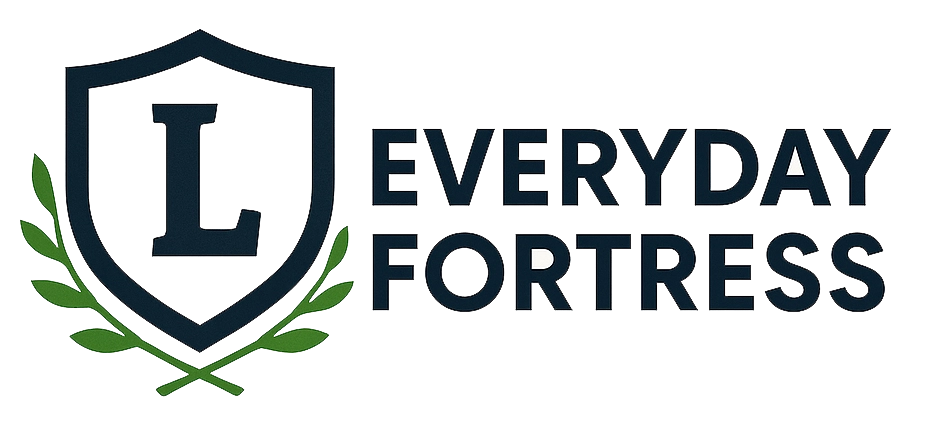Your online presence doesn’t end when your life does. Social media profiles, cloud accounts, photos, banking apps, emails — all of it keeps existing unless someone manages it. That’s why it’s important to understand how to protect your digital identity after death and ensure your online life isn’t lost, misused, or left behind in disarray.
Digital legacy planning may sound technical, but it’s a practical step anyone can take — no tech degree or legal background needed. In this guide, you’ll learn what your digital identity includes, what happens to it when you die, and how to set up a plan that protects it.
What Is Your Digital Identity?
Your digital identity includes all the information and activity tied to you online. It’s broader than most people realize. It can include:
- Social media accounts (Facebook, Instagram, LinkedIn, etc.)
- Email accounts (personal or business)
- Banking, PayPal, and mobile payment apps
- Cloud storage (Google Drive, iCloud, Dropbox)
- Online subscriptions (Netflix, Spotify, Amazon)
- Photo and video platforms (YouTube, Google Photos)
- Domain names, blogs, or online businesses
- Password manager accounts
- Encrypted messages or private files
This identity is a mix of public data and private content — and without planning, much of it becomes inaccessible or vulnerable after your death.
What Happens to Your Online Accounts When You Die?
Unless someone has access, most accounts will eventually:
- Be frozen due to inactivity
- Be shut down by request (with proof of death)
- Stay online indefinitely, untouched
- Get hacked or taken over
- Continue billing your estate for subscriptions
Major tech platforms have different policies for handling deceased user accounts. Some allow you to assign a legacy contact, while others require court orders or death certificates.
Why It’s Important to Protect Your Digital Identity After Death
Failing to protect your digital life can create several problems for your loved ones:
- Emotional harm: Seeing birthday reminders or messages from a deceased person’s account can be painful.
- Fraud risk: Inactive accounts are easy targets for hackers or identity thieves.
- Lost assets: Crypto wallets, blogs, online stores, and domain names may have financial value that vanishes without access.
- Unpaid bills: Subscriptions and services might continue billing long after death.
- Legal issues: Family members may have to go to court to gain access to basic information.
Planning ahead avoids confusion, protects your legacy, and makes life easier for the people you leave behind.
How to Protect Your Digital Identity After Death: Step-by-Step
Let’s walk through a practical plan that anyone can follow to secure their online presence.
1. Make a List of Your Digital Accounts
Start with an inventory of:
- Social media
- Banking and payment platforms
- Email services
- Cloud storage and backup apps
- Devices and passcodes
- Work-related logins
- Online business or website logins
Use a spreadsheet, password manager, or printable worksheet. Be thorough — this list forms the foundation of your plan.
2. Use a Password Manager
A password manager allows you to securely store all login info in one place. Options include:
- 1Password
- Bitwarden
- Dashlane
- NordPass
Most password managers allow emergency access, where a trusted contact can access your vault under specific conditions (e.g., if you haven’t logged in for a set number of days).
3. Choose a Digital Executor
Just like a traditional will has an executor, you should name someone to manage your digital estate.
Your digital executor should be:
- Trustworthy and organized
- Comfortable with technology
- Clearly named in your will or estate plan
Let them know ahead of time that they’ve been chosen and where to find your instructions.
4. Write Clear Instructions
This is not your will — it’s a practical guide for someone to carry out your digital afterlife plan.
Include:
- What accounts to close
- What to keep or memorialize (e.g., Facebook profile)
- Who should get access to photos or files
- Where your login info is stored
- How to access 2FA devices (phones, email, tokens)
Use simple language. Print a copy, store it securely, and let your executor know it exists.
5. Use Platform-Specific Legacy Tools
Some platforms offer built-in digital legacy tools:
- Google: Inactive Account Manager — lets you send data to trusted contacts
- Facebook: Legacy Contact — someone who can manage or memorialize your profile
- Apple: Digital Legacy — allows trusted people to request data access
- Instagram: Memorialization request form
- Twitter/X: Account deactivation with proof of death
Set these up now. They take minutes but prevent major headaches later.
6. Consider a Digital Vault
A digital vault is a secure online space to store your will, documents, logins, and other sensitive info. Great options include:
- Everplans
- Trustworthy
- FutureVault
- My Life & Wishes
These platforms are designed for digital legacy planning and allow sharing access with family or legal contacts.
7. Update Your Legal Will to Include Digital Assets
You don’t need a separate will — but your existing estate plan should:
- Name your digital executor
- Grant them legal authority to manage your accounts
- Reference your list of digital assets (stored securely elsewhere)
This ensures your instructions are taken seriously and can be acted on legally in your state.
8. Review and Update Annually
Technology changes fast. Review your plan at least once a year or when major changes happen:
- New email address or password
- Opening or closing financial accounts
- Change in digital executor
- Launching a new online business or digital asset
🧠 You May Wanna Check Out:
Final Thoughts
Your digital identity is part of your legacy. With a simple plan and a few smart tools, you can make sure your accounts, memories, and digital assets are handled with care — not confusion.
It’s not morbid. It’s responsible. And it’s a way to give your loved ones clarity when they’ll need it most.
For more guidance on managing your online presence after death, visit the Digital Legacy Association — a nonprofit focused on digital end-of-life planning.


